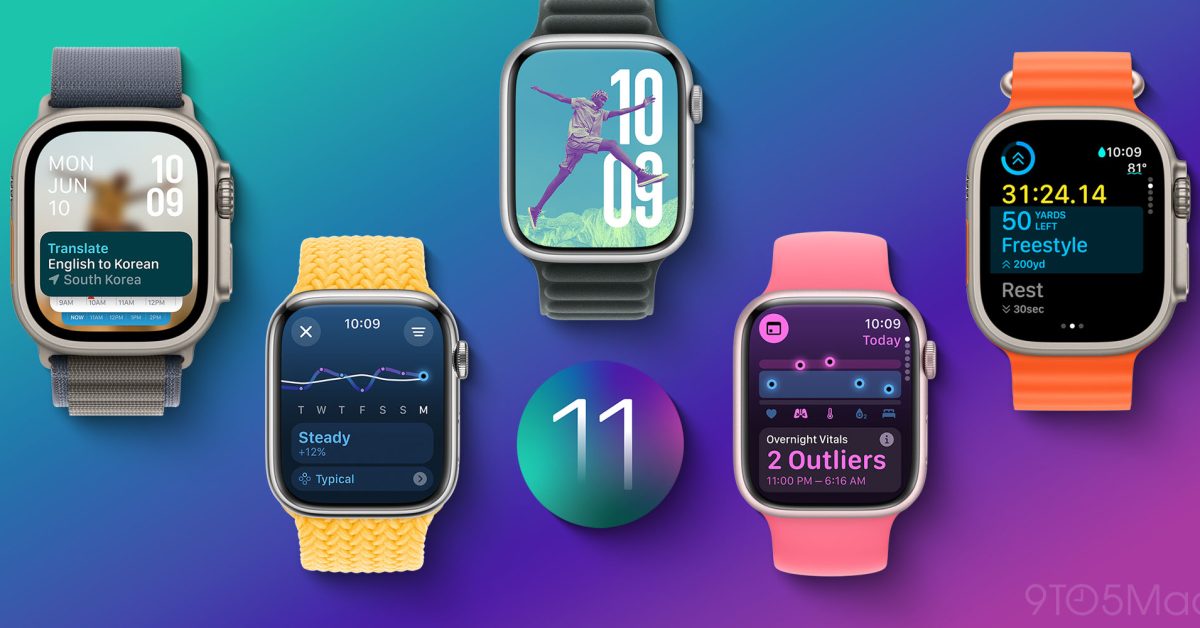The Dark Web and Social Media: Understanding the Hidden Threats
The dark web is like the digital boogeyman’s lair. Many people know about it superficially, but have no concrete knowledge. A recent study showed that about 50% of US adults are familiar with it.
Image: geralt/pixabay
Around 21% stated they had an extensive understanding of how the dark web’s anonymous internet usage works. As such, it’s shockingly easy for cybercriminals and hackers to use popular social media platforms to sell illegal products, recruit people, or collect confidential information.
This article will explore the dark web’s dangers and how social platforms are linked to it. We also discuss how data removal tools can increase your online security from the dark web’s threats.
The Dark Web: A Hidden Underground
The World Wide Web has three categories. The first is the surface web, which the general population can access. The second is the deep web, which is information hidden behind passwords and such.
It includes the typical bank accounts, email accounts, and other account logins. The last category is the dark web, which is resistant to censorship and allows for private communications and anonymous browsing.
Many people use browsers like Tor network to browse anonymously. However, the dark web is also the playground of hackers and cybercriminals. Individuals can organize and commit cybercrime through it, host malware, or distribute fraudulent products, illegal items, or ransomware.
Social media sites have become extremely popular platforms, with users spending an average of 143 minutes on social platforms every day. While this is less than the 151 minutes users spent on social sites in 2023, it’s still a significant amount of time.
Studies show that the average American user spends around two hours and 16 minutes online. As such, social media has become one of the leading methods for advertising products and communicating with others.
However, it’s not just the usual companies marketing on social media. Individuals with ties to this web also use it to perform illegal activities, like selling drugs, providing criminal services, and recruiting people for unlawful jobs. It’s also targeted for significant data leaks, as one of the recent Facebook leaks shows.
The threat most users are aware of is the sale of fraudulent products. Just because it’s advertised on social media doesn’t mean that it’s a reliable and trustworthy seller. In fact, about 44% of social media scams are shopping scams.
It further accounts for about 8% of all money lost on social media platforms. Cybercriminals are becoming more bold, turning social media into their personal marketplace. Platforms like Facebook, Instagram, and X (formerly Twitter) are especially popular among these individuals.
Protecting Yourself from Dark Web Threats
There are many ways you can protect yourself, though the most effective method is to practice safe browsing habits. These methods include:
- Creating strong passwords
- Enabling two-factor authentication
- Adjusting browser privacy settings
- Using secure email services
- Staying informed about the latest risks and prevention methods
- Using encryption features and security tools
- Use VPNs like Surfshark when using public Wi-Fi networks
All of the above habits help you limit what you expose to dark web users. You have to remain vigilant while using the internet. After all, no matter how exceptional security tools are, they can’t prevent you from choosing to click on a suspicious link.
Vigilance and knowledge are your two best friends when it comes to being safe while online. However, information that’s already exposed online can cause your cybersecurity to become non-existent. Sometimes, it’s not even your fault that your data is leaked.
You might have signed up for medical aid, only for the health company to experience a data breach. What can you do in that case?
Managing Your Reputation and Privacy
Exposed information can be extremely dangerous, as cybercriminals can sell it on this part of the internet. Dark web risks are plenty, but there are also several prevention methods. Before you launch a full-scale security plan, you should ensure none of your information is already vulnerable.
Tools like Google’s Dark Web Report will check whether any of your data is exposed online. The best way to then remove the information is to use Incogni’s data removal tools. It removes any of your information that’s exposed online.
It schedules automated data removals, as removing it once isn’t always enough. Records can reappear after they are removed, as companies have copies of your data after you use or sign up with them.
Further, Incogni also uses privacy laws like the GDPR and CCPA to ensure your information is legally removed from data brokers’ databases. Once you’ve got a system in place to check for and remove your data exposed online, you should implement safe browsing techniques.
Closing Off
People don’t always realize how much of their information they’re exposing on social media. Even if you’re not revealing information, you can always fall victim to a phishing attempt or dark web malware and fraudulent products. That’s why you must use safe browsing habits and keep your online activities protected.




